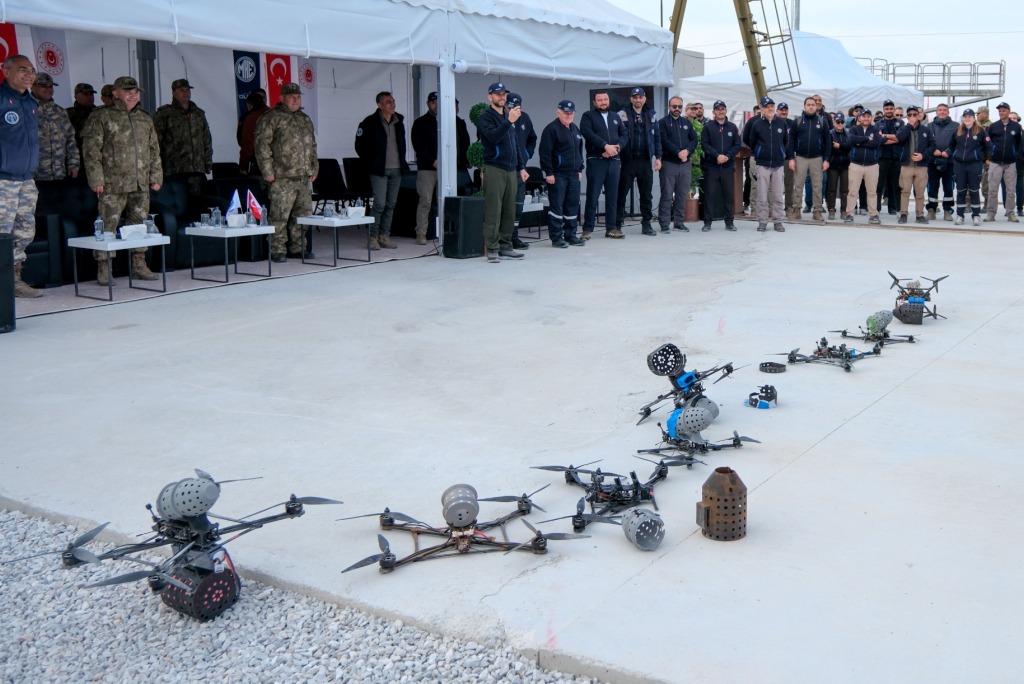Successful Launch of Copernicus Sentinel-1D: A New Era in Earth Observation
On 4 November 2025, at 22:02 CET (21:02 UTC), the Copernicus Sentinel-1D satellite was successfully deployed from French Guiana. The satellite entered its designated orbit approximately 34 minutes post-launch. Signals confirming its operational status were received at 23:22 CET by the Troll ground station situated in Antarctica.
Mission Overview
The Sentinel-1D satellite was launched aboard the Ariane 6 rocket from Europe’s Spaceport in Kourou, marking a significant milestone in the ongoing EU Space Programme. This mission preserves and enhances the most sophisticated radar-based Earth observation system globally, capable of providing uninterrupted, high-resolution imagery, regardless of time or weather conditions.
Importance and Capabilities
Developed collaboratively with the European Space Agency (ESA), Sentinel-1D is an essential asset for maintaining Europe’s radar imaging continuity. It replaces Sentinel-1A, which launched in 2014, thereby ensuring sustained operational capabilities.
Key Functions of Sentinel-1D:
- Environmental Monitoring: Precise tracking of ecological changes.
- Maritime Surveillance: Detection of illegal activities and monitoring maritime environments.
- Emergency Response: Rapid assessment and support capabilities during natural disasters.
- Natural Hazard Monitoring: Identification of oil spills, icebergs, landslides, seismic events, and volcanic activity.
- Agricultural and Forest Assessment: Ongoing analysis of agricultural lands and forest health.
Enhanced Autonomy and Resilience
Equipped with a Galileo-enabled receiver, Sentinel-1D bolsters Europe’s navigational independence and operational self-sufficiency in space. This technological enhancement aligns with strategic aspirations for greater autonomy in satellite navigation.
Data Accessibility and Global Leadership
Once comprehensive calibration is complete, Sentinel-1D will begin disseminating data at no cost to both public and private entities. This initiative affirms Europe’s position as a preeminent leader in Earth observation methodologies. Together with its Copernicus counterparts, Sentinel-1D will provide critical insights for environmental stewardship, security measures, and sustainable development across Europe and beyond.
Conclusion
The Copernicus programme serves as the Earth Observation pillar of the EU Space Programme. With Sentinel-1D now operational, stakeholders in defense, environmental policy, and disaster management will have enhanced tools for informed decision-making and planning.
For more detailed information on the Sentinel-1 mission and its implications, visit the official Sentinel-1 website.




